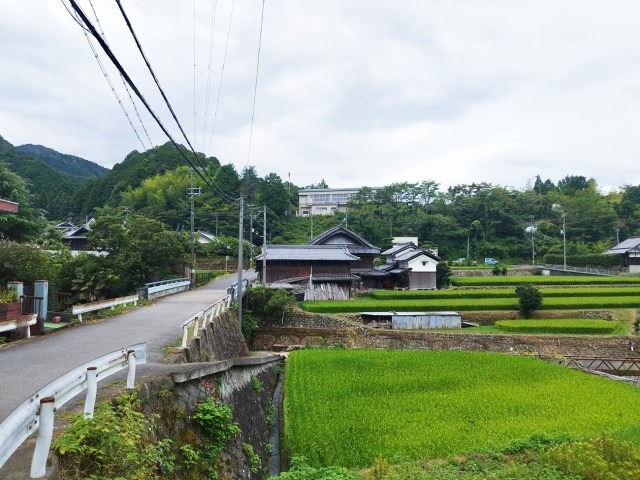
It’s the best place to learn a thing or two about hot springs.
When people think of Osaka, they tend to think of loud, boisterous people in leopard print clothing walking through the blazing neon streets with larger-than-life signs of dragons, crabs, and pufferfish. This has always annoyed our writer Seiji Nakazawa because every time he tells people he’s from Osaka, he has to clarify that he grew up in the very rural southern part of the prefecture.
▼ Behold the bright lights and big city of Seiji’s Osaka
This Obon season, when he returned to his parents’ home for the holidays, Seiji naturally found himself with little to do. His friends were all busy and there wasn’t even anything around that he could use as material for an article… or so he thought.
After hearing his lamenting, Seiji’s father suddenly brightened up and said “I know a good story!”
▼ Seiji and his father, whose identity was concealed for his protection
Seiji’s dad explained that there was a hot spring complex not too far from them that was made out of an old elementary school. Seiji had covered places that were converted from schools before, and even though this was the first school-turned-hot-spring he’d heard of, he wasn’t all that keen on the idea of spending the day at an abandoned school with his father.
Still, seeing how giddy his dad was to help out, he couldn’t bring himself to say no. So, they hopped in the car and headed out to the hot spring facility.
Despite Japan’s image of widespread public transportation, in Seiji’s pocket of Osaka it was a 20-minute drive just to get to the nearest train station where some trains only run once every hour.
Not only that, but their destination lay even deeper in the countryside. They drove past Mizuma Kannon Station, which was the end of the train line going in this direction.
They then passed through an area even more rural that Seiji’s hometown. The houses were all wooden throwbacks and the main attraction there was a temple founded in the 8th century.
And yet, they still had deeper to go, into the mountain range that separates Osaka and Wakayama prefectures. It’s known as the Kishu Alps, but the name suggests for more majestic scenery than what Seiji saw around him.
As they drove through the empty mountain roads, Seiji’s father suddenly announced, “We’re here!” This surprised Seiji since there was nothing to see except a small sign on the side of the road.
By the sign was an almost invisible steep road that they turned onto and climbed upward.
At the top was a small village with what looked like an elementary school perched atop a hill.
Seiji let out a sarcastic laugh. He wasn’t surprised this school fell out of use but instead wondered why they put one way out here in the first place. On the other hand, the way the school overlooked the quaint village was interesting and he was surprised a place like this even existed in Osaka.
The name of this hot spring was Kaizuka Ibuki Onsen and its style was a combination of rustic and sleek. In addition to the bathing areas, there’s also a glamping site, laundromat, and sports ground which includes the former school’s gymnasium.
It was even equipped with Wi-Fi. The only inconvenience, aside from the location, was that it was only open Friday to Sunday and public holidays. Also, certain areas like the private baths and barrel saunas were by reservation only, though most people probably wouldn’t come all the way out here on a whim like Seiji did.
▼ The baths are divided into three sections: a private bath and two sections that alternate between use by men and women depending on the day. Even though one is named “Open Air”, all sections have an open air bath.
▼ Bundles of wood to fuel a sauna cost 660 yen (US$4.60) each
Still, he was able to use the public bath, which cost 700 yen plus 500 yen to rent a face and bath towel. The hot spring itself was still new and neat looking, the water felt thick but in a good way that felt smooth and not slimy.
▼ The baths themselves are part of a new building added onto the former school
Seiji read more about this place and learned that the onsen was a centerpiece for all of Ibuki Village. All around were rental farms, harvesting experiences, a cafe, and a restaurant. It was all designed with the idea of supporting the agriculture and social welfare of the community.
It was kind of inspiring to Seiji, who had been going through some life changes himself, to see how this community is rallying together to make the most of what they have. Unfortunately, because of its very remote location, it’s a little hard to recommend Ibuki Onsen and Ibuki Village as the perfect destination for everyone.
▼ He looked around and the best access was a bus stop with four or five buses a day.
But, for those willing and able to make the trek out here, it’s a nice place to visit and surprisingly has a lot to offer. It’s especially great for those looking to get away from the crowds found in Japan’s more famous tourist spots.
Hot spring information
Kaizuka Ibuki Onsen / かいづかいぶき温泉
Osaka-fu, Kaizuka-shi, Sobura 2114
大阪府貝塚市蕎原2114
Open: Fri, Sat, Sun, Holidays (Noon – 9 p.m.)
Private baths and saunas are open on Mondays and Thursdays, but by reservation only
Website
Photos ©SoraNews24
● Want to hear about SoraNews24’s latest articles as soon as they’re published? Follow us on Facebook and Twitter!
[ Read in Japanese ]

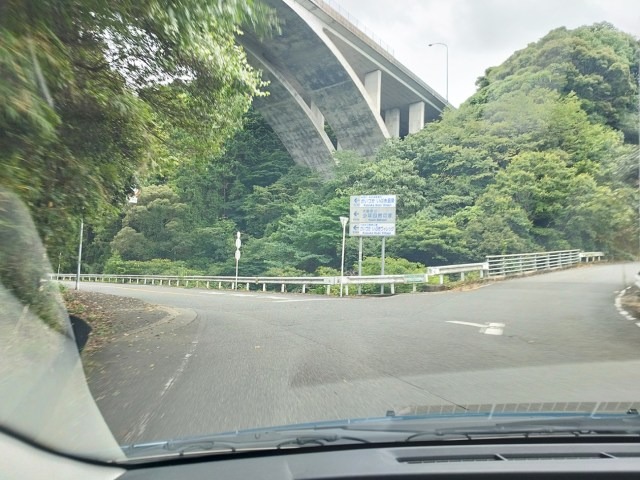
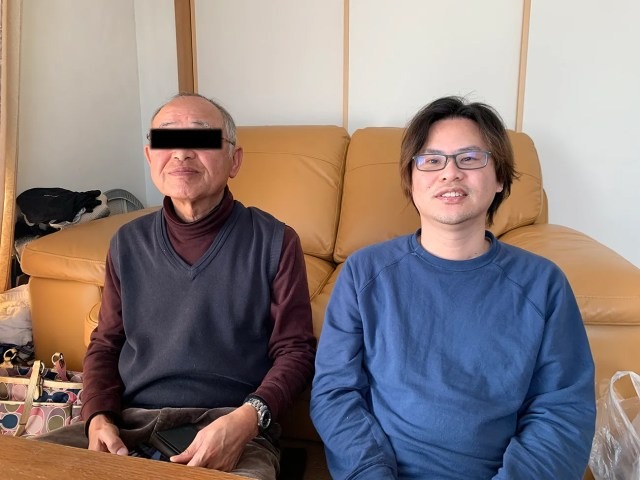
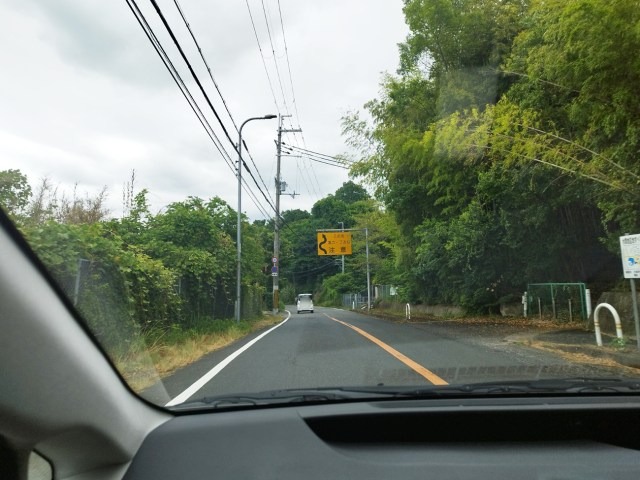
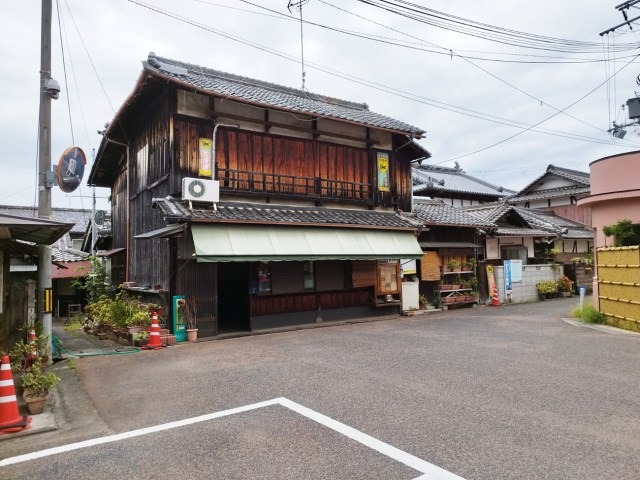

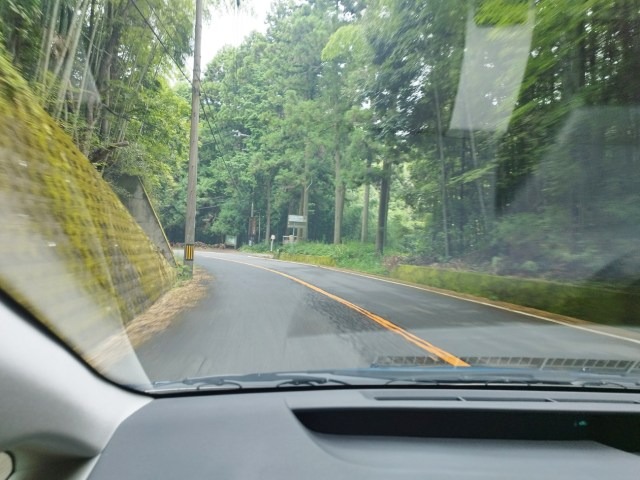
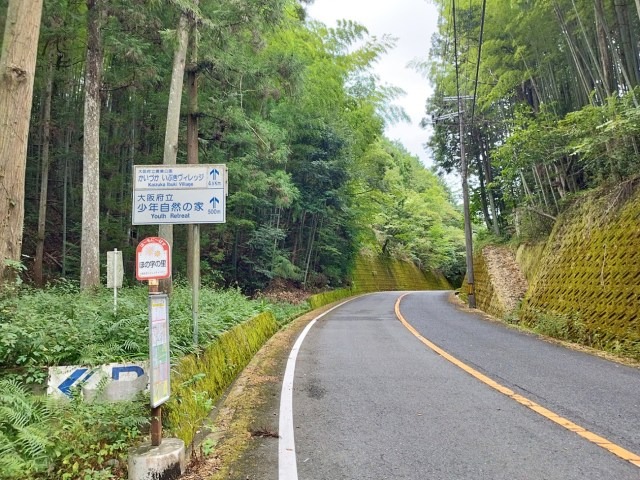
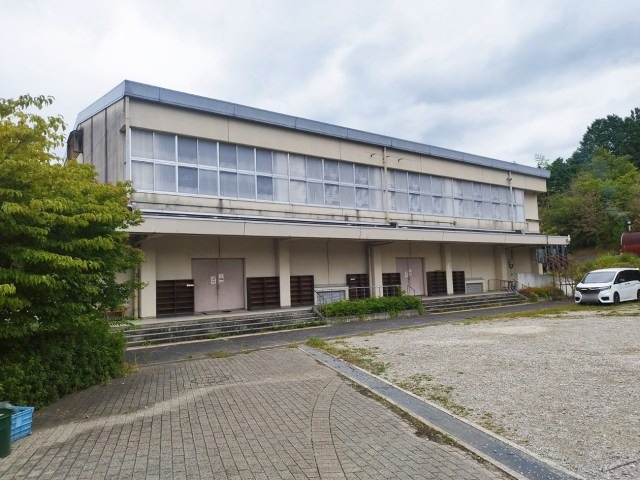
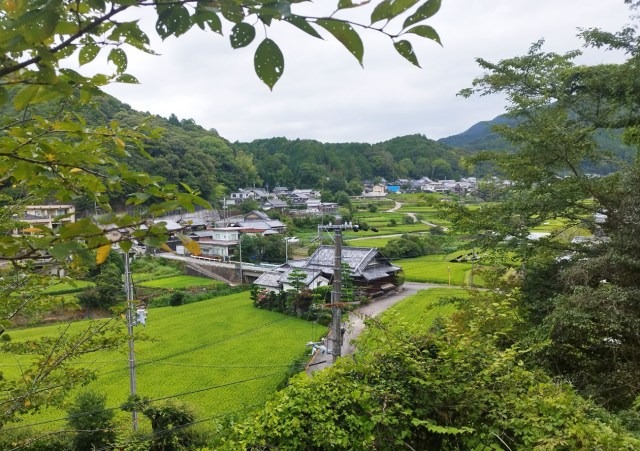
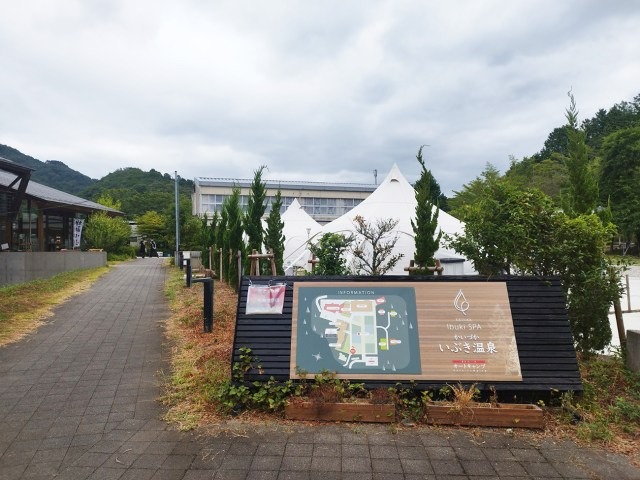
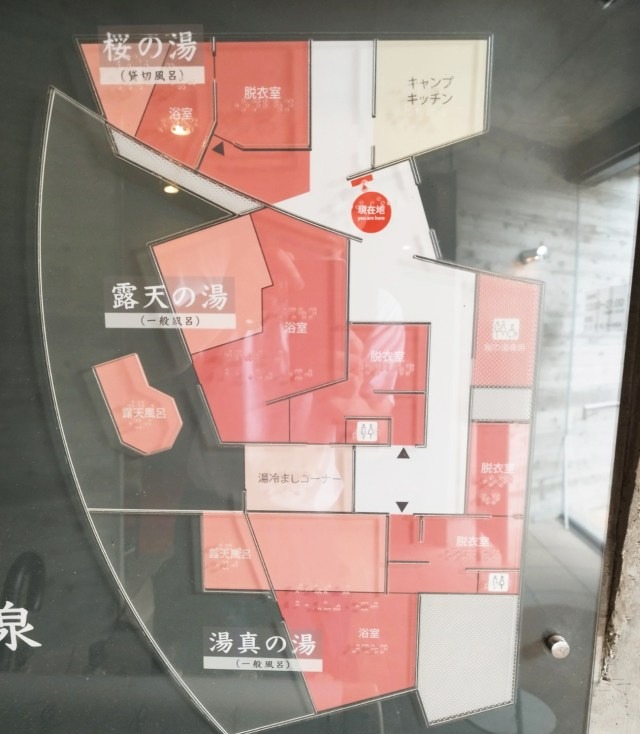
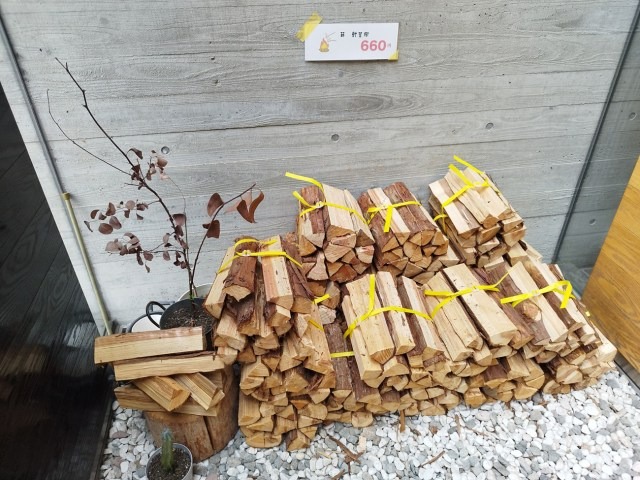
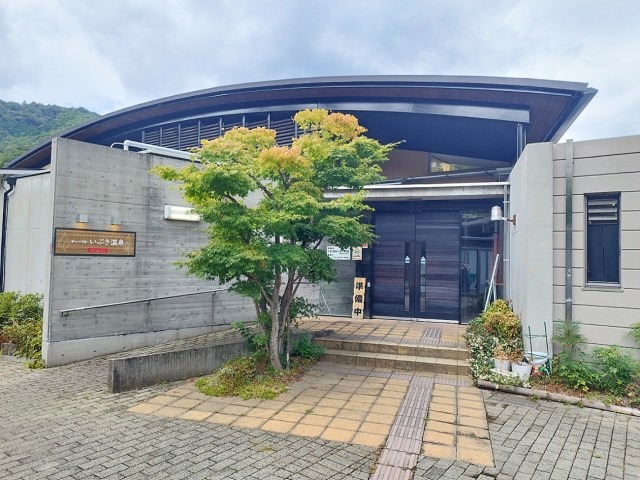
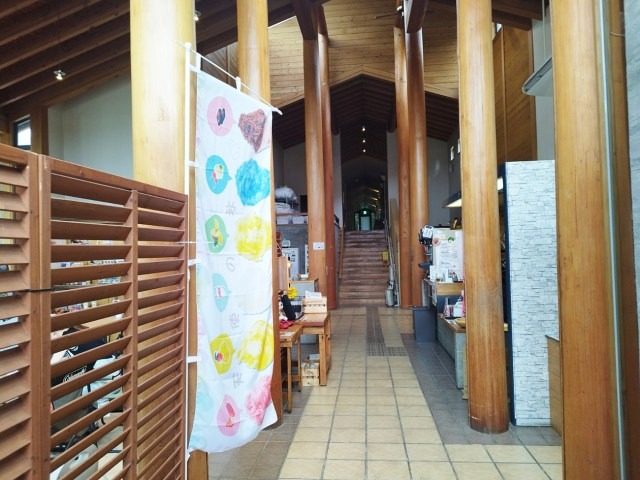
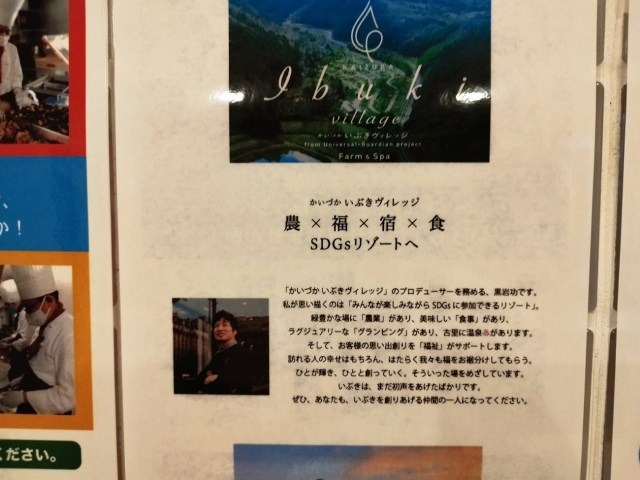
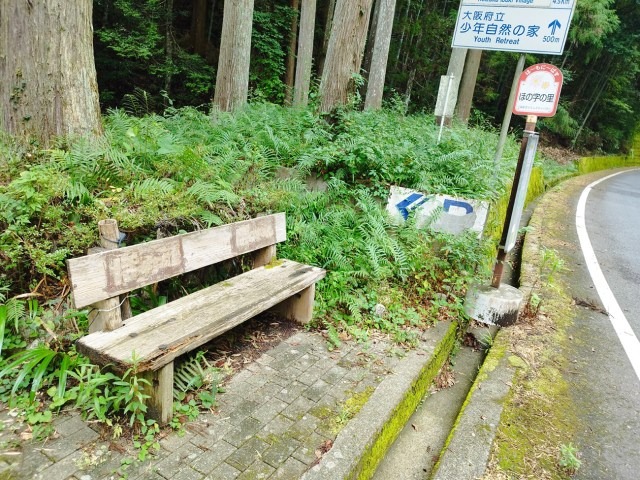
 Onsen hot spring with Mt Fuji views has one of the best rotenburo in Japan
Onsen hot spring with Mt Fuji views has one of the best rotenburo in Japan The top five best multiple-hot-spring hotels in all of Japan
The top five best multiple-hot-spring hotels in all of Japan Beautiful onsen complex opens in downtown Osaka, lets you live onsen dream in heart of the city
Beautiful onsen complex opens in downtown Osaka, lets you live onsen dream in heart of the city Secret unstaffed hot spring in Japan will make you feel like you’ve been spirited away
Secret unstaffed hot spring in Japan will make you feel like you’ve been spirited away One of Tokyo’s best hot spring complexes is closing for good
One of Tokyo’s best hot spring complexes is closing for good Ramen restaurant’s English menu prices are nearly double its Japanese ones, denies discriminating
Ramen restaurant’s English menu prices are nearly double its Japanese ones, denies discriminating Rakuten randomly offers 58 New Year’s osechi feasts in Japan, but did we get a star or a dud?
Rakuten randomly offers 58 New Year’s osechi feasts in Japan, but did we get a star or a dud? Here’s what our bachelor writers ate over the New Year’s holiday in Japan
Here’s what our bachelor writers ate over the New Year’s holiday in Japan Majority of Japanese mayors say foreign residents are essential but most see good and bad effects
Majority of Japanese mayors say foreign residents are essential but most see good and bad effects 20 Guilt Free Snacks With Only A Hundred Calories
20 Guilt Free Snacks With Only A Hundred Calories Here are the top ten foodie factory tours for the fall throughout Japan
Here are the top ten foodie factory tours for the fall throughout Japan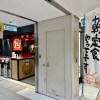 Tokyo Station’s perfect breakfast spot might just be this izakaya Japanese-style pub
Tokyo Station’s perfect breakfast spot might just be this izakaya Japanese-style pub Cosplay costume room tour by Japan’s number-one cosplayer Enako is an eye-opener【Video】
Cosplay costume room tour by Japan’s number-one cosplayer Enako is an eye-opener【Video】 Lola’s Cupcakes and Magnolia Bakery bring out sakura cupcakes in Japan for a limited time
Lola’s Cupcakes and Magnolia Bakery bring out sakura cupcakes in Japan for a limited time Four Shinto shrines to pray for love at in Japan to start the New Year
Four Shinto shrines to pray for love at in Japan to start the New Year Japanese beef bowl chain Sukiya’s 2026 Smile Box lucky bag basically pays for itself
Japanese beef bowl chain Sukiya’s 2026 Smile Box lucky bag basically pays for itself Starbucks Japan ready to get Year of the Horse started with adorable drinkware and plushies【Pics】
Starbucks Japan ready to get Year of the Horse started with adorable drinkware and plushies【Pics】 Hayao Miyazaki says Happy New Year to Studio Ghibli fans with new art for Year of the Horse
Hayao Miyazaki says Happy New Year to Studio Ghibli fans with new art for Year of the Horse Cup Noodle tries an authentic Jiro-style ramen, but something’s not quite right
Cup Noodle tries an authentic Jiro-style ramen, but something’s not quite right Top Japanese cosplayer Enako returns to Comiket after 6 years, creates mayhem with admirers
Top Japanese cosplayer Enako returns to Comiket after 6 years, creates mayhem with admirers The best Starbucks Japan Frappuccinos we want to drink again in 2026
The best Starbucks Japan Frappuccinos we want to drink again in 2026 We revisited Sweets Paradise after a decade to see if Japan’s dessert buffet still delivers
We revisited Sweets Paradise after a decade to see if Japan’s dessert buffet still delivers That time Seiji called JASRAC to ask why he didn’t get paid royalties for his song being on TV
That time Seiji called JASRAC to ask why he didn’t get paid royalties for his song being on TV Pizza Hut Japan’s hot lucky bags are perfect for a New Year’s pizza party
Pizza Hut Japan’s hot lucky bags are perfect for a New Year’s pizza party 7-Eleven Japan starts new temporary luggage storage service in over 300 branches
7-Eleven Japan starts new temporary luggage storage service in over 300 branches Disillusionment at Tsukiji’s tourist-target prices led us to a great ramen restaurant in Tokyo
Disillusionment at Tsukiji’s tourist-target prices led us to a great ramen restaurant in Tokyo Starbucks teams up with 166-year-old Kyoto doll maker for Year of the Horse decorations【Photos】
Starbucks teams up with 166-year-old Kyoto doll maker for Year of the Horse decorations【Photos】 Tokyo considering law requiring more trash cans following litter increase in heavily touristed area
Tokyo considering law requiring more trash cans following litter increase in heavily touristed area Tokyo’s Tsukiji sushi neighborhood asks tour groups to stay away for the rest of the month
Tokyo’s Tsukiji sushi neighborhood asks tour groups to stay away for the rest of the month Tokyo event lets you travel back in time, for free, to celebrate 100 years since Showa era start
Tokyo event lets you travel back in time, for free, to celebrate 100 years since Showa era start Japan may add Japanese language proficiency, lifestyle classes to permanent foreign resident requirements
Japan may add Japanese language proficiency, lifestyle classes to permanent foreign resident requirements Sanrio theme park in Japan announces plans to expand into a Sanrio resort
Sanrio theme park in Japan announces plans to expand into a Sanrio resort Lacquerware supplier to emperor of Japan and Pokémon team up for new tableware
Lacquerware supplier to emperor of Japan and Pokémon team up for new tableware Survey asks foreign tourists what bothered them in Japan, more than half gave same answer
Survey asks foreign tourists what bothered them in Japan, more than half gave same answer Japan’s human washing machines will go on sale to general public, demos to be held in Tokyo
Japan’s human washing machines will go on sale to general public, demos to be held in Tokyo Japan’s deadliest food claims more victims, but why do people keep eating it for New Year’s?
Japan’s deadliest food claims more victims, but why do people keep eating it for New Year’s? We deeply regret going into this tunnel on our walk in the mountains of Japan
We deeply regret going into this tunnel on our walk in the mountains of Japan Studio Ghibli releases Kodama forest spirits from Princess Mononoke to light up your home
Studio Ghibli releases Kodama forest spirits from Princess Mononoke to light up your home Major Japanese hotel chain says reservations via overseas booking sites may not be valid
Major Japanese hotel chain says reservations via overseas booking sites may not be valid Put sesame oil in your coffee? Japanese maker says it’s the best way to start your day【Taste test】
Put sesame oil in your coffee? Japanese maker says it’s the best way to start your day【Taste test】 No more using real katana for tourism activities, Japan’s National Police Agency says
No more using real katana for tourism activities, Japan’s National Police Agency says Starbucks Japan reveals new sakura drinkware collection, inspired by evening cherry blossoms
Starbucks Japan reveals new sakura drinkware collection, inspired by evening cherry blossoms Updated cherry blossom forecast shows extra-long sakura season for Japan this year
Updated cherry blossom forecast shows extra-long sakura season for Japan this yearで源泉かけ流し.jpg?w=95&h=70&crop=1) Massive hot spring theme park coming to Osaka Bay Hotel, a dream come true for onsen lovers
Massive hot spring theme park coming to Osaka Bay Hotel, a dream come true for onsen lovers We visited a “terrible” Japanese hot spring hotel near Narita Airport
We visited a “terrible” Japanese hot spring hotel near Narita Airport Tokyo day-trip hot springs: Beautiful Mt. Fuji-view bath is just one highway bus stop from Shibuya
Tokyo day-trip hot springs: Beautiful Mt. Fuji-view bath is just one highway bus stop from Shibuya Here’s why you should visit Japan’s best winter-night hot spring town on a summer afternoon【Pics】
Here’s why you should visit Japan’s best winter-night hot spring town on a summer afternoon【Pics】 The 10 best Japanese hot spring resorts locals want to go back to again and again
The 10 best Japanese hot spring resorts locals want to go back to again and again Oita lures travelers with wonderful montage of synchronized hot spring bathing 【Video】
Oita lures travelers with wonderful montage of synchronized hot spring bathing 【Video】 Onsen trivia! Finding the hottest, highest, and healthiest hot springs in Japan
Onsen trivia! Finding the hottest, highest, and healthiest hot springs in Japan Eight unforgettable hot springs, as recommended by Japan’s “Professor Bath”
Eight unforgettable hot springs, as recommended by Japan’s “Professor Bath” Japan’s second-most-beautiful day-use hot spring might be underrated【Photos】
Japan’s second-most-beautiful day-use hot spring might be underrated【Photos】 Five of Japan’s most unique snow-covered hot spring bathing sites
Five of Japan’s most unique snow-covered hot spring bathing sites Check out these cool ways to enjoy hot springs in Oita, including eating and breathing them
Check out these cool ways to enjoy hot springs in Oita, including eating and breathing them Hyotan Onsen – Japan’s only hot spring with three Michelin stars
Hyotan Onsen – Japan’s only hot spring with three Michelin stars The top 10 hot springs Japanese travelers want to visit this fall
The top 10 hot springs Japanese travelers want to visit this fall The 10 best hotel hot springs in Japan, as chosen by Japanese travelers
The 10 best hotel hot springs in Japan, as chosen by Japanese travelers Solaniwa Onsen: Kansai’s largest hot spring theme park is also one of its most beautiful
Solaniwa Onsen: Kansai’s largest hot spring theme park is also one of its most beautiful You can make your own hot spring bath at this river in central Japan【Japan travel】
You can make your own hot spring bath at this river in central Japan【Japan travel】
Leave a Reply